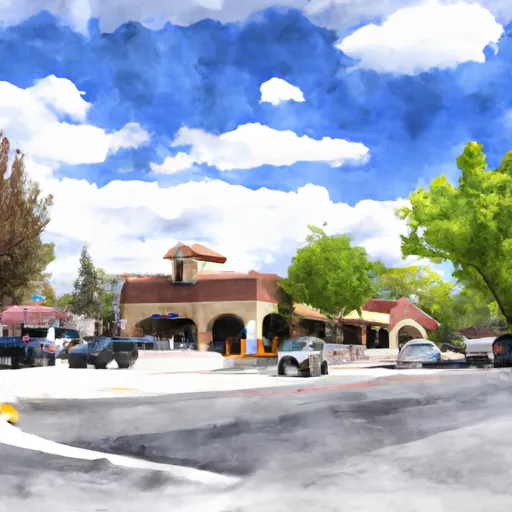°F
°F
mph
Windspeed
%
Humidity











Carson City, Nevada is the capital city of the state and located in the western region of the United States. It experiences a semi-arid climate with hot summers and cold winters. The city is located within the Truckee River watershed and is home to several water sources, including the Carson River and Eagle Valley Creek. The hydrology constituents of the area include dissolved solids, nitrates, and heavy metals. Outdoor recreation opportunities in Carson City include hiking, biking, and camping at nearby Lake Tahoe and the surrounding Sierra Nevada mountains. The city also offers several parks and recreational facilities, including the Fuji Park and Fairgrounds and the Carson Aquatic Facility.
Weather Forecast
Carson-City receives approximately 255mm of rain per year, with humidity levels near 60% and air temperatures averaging around 11°C. Carson-City has a plant hardyness factor of 6, meaning plants and agriculture in this region thrive during a short period during spring and early summer. Most plants will die off during the colder winter months.
Regional Streamflow Levels
0
Cubic Feet Per Second
0
Cubic Feet Per Second
60
Cubic Feet Per Second
22
Cubic Feet Per Second
Nearby Camping
| Camping Area | Reservations | Toilets | Showers |
|---|---|---|---|
| Nevada Beach | |||
| Kit Carson | |||
| Turtle Rock Park | |||
| Davis Creek | |||
| Washoe Lake State Rec Area | |||
| Dayton State Park |



